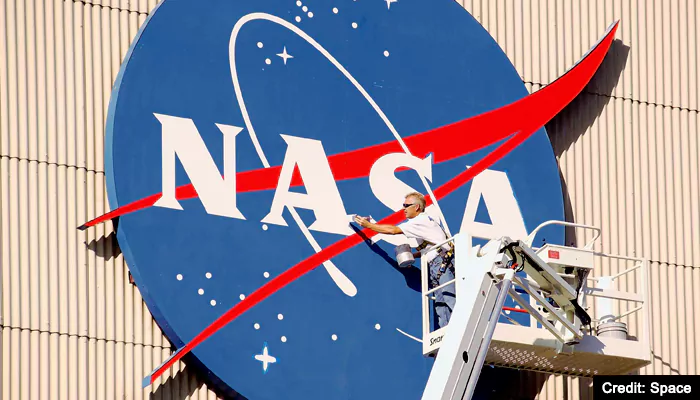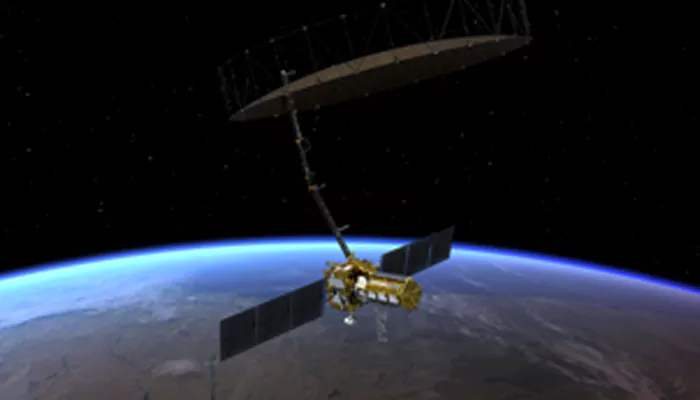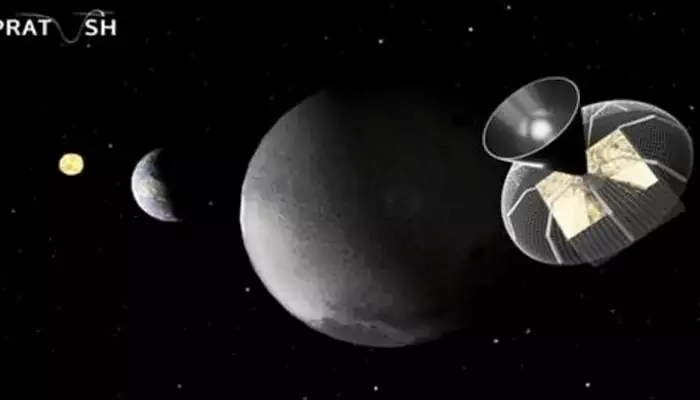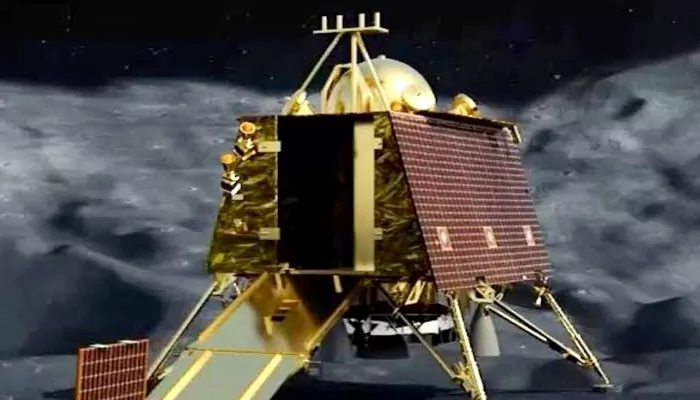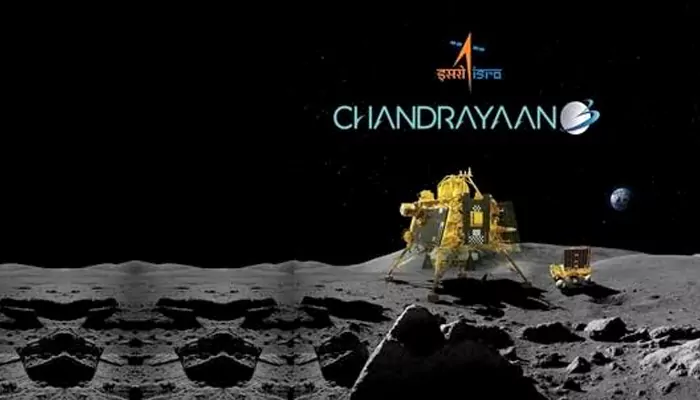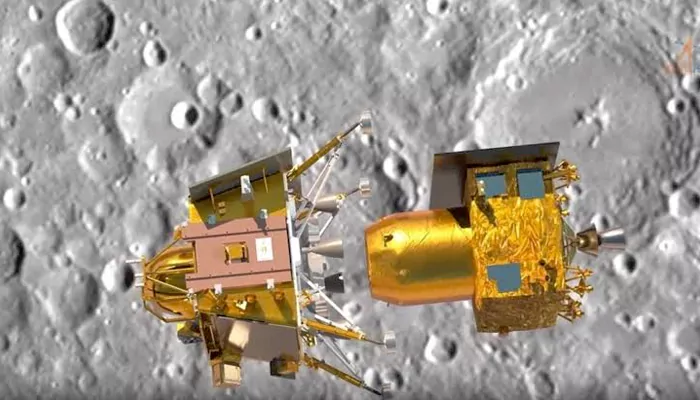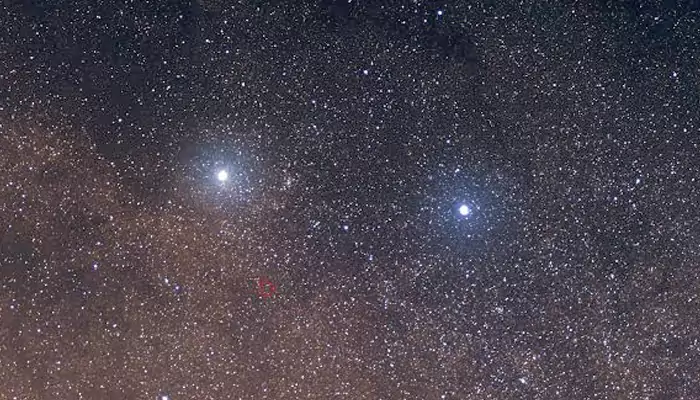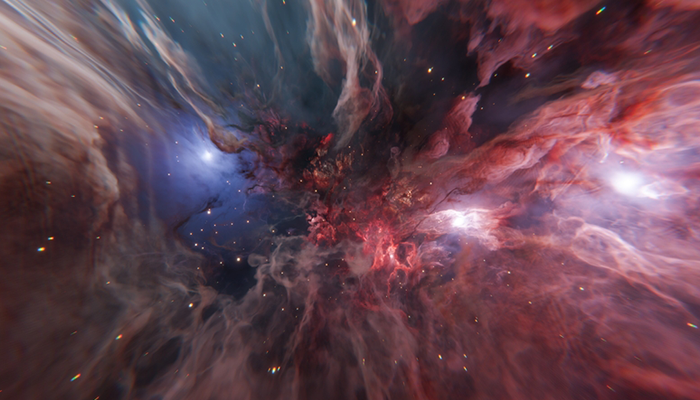Solar Storms Wreak Havoc on Space-X: Exploring Nature's Overwhelming Power Against Cutting-Edge Technology
- Admin
- 1 year ago
- 3 minutes read

In a significant setback, approximately 20 SpaceX satellites were lost due to a combination of factors. Scheduled for launch on July 11, the Starlink satellites failed to reach their intended orbits following a catastrophic Falcon 9 second-stage engine failure, likely resulting in an explosion. This mishap caused the satellites to deploy at a lower altitude than planned. Compounding the issue, heightened solar activity has resulted in a denser atmosphere, exacerbated by recent powerful solar storms as the Sun nears the peak of its 11-year cycle.
Solar storms, primarily consisting of solar flares and coronal mass ejections (CMEs), are powerful bursts of energy and plasma from the Sun. When these storms reach Earth, they can significantly impact the planet's magnetosphere, leading to geomagnetic storms. These disturbances can increase atmospheric density, causing greater drag on satellites and potentially leading to orbital decay, as witnessed in the recent SpaceX incident.
Historical Impacts on Space Missions

Historically, solar storms have posed significant challenges to space missions. One notable example is the 1989 geomagnetic storm, which caused a nine-hour blackout in Quebec, Canada, and disrupted satellite operations globally. Communication satellites experienced signal loss, and some satellites had to be reoriented to maintain their orbits. The storm also affected the Space Shuttle Discovery, requiring mission adjustments to protect astronauts from increased radiation levels.
Another significant event occurred in October 2003, known as the "Halloween Storms." This series of solar storms disrupted satellite communications, damaged satellites, and affected power grids on Earth. Japan's Advanced Earth Observing Satellite (ADEOS-II) was lost due to the increased atmospheric drag, showcasing the destructive potential of solar activity.
Modern Challenges in Satellite Technology

Today, satellite technology has advanced significantly, but solar storms remain a formidable adversary. Satellites rely on precise orbits to function correctly, and increased atmospheric drag from solar activity can cause them to deorbit prematurely. This is particularly concerning for low Earth orbit (LEO) satellites, such as those in the Starlink constellation, which operate at altitudes more susceptible to atmospheric density changes.
Solar storms can also induce electrical currents in satellites, potentially damaging their electronics and rendering them inoperable. This was a contributing factor in the failure of the Galaxy 15 satellite in 2010, which became unresponsive and drifted out of its designated orbit, posing a collision risk to other satellites.
Mitigating Solar Storm Effects
Space agencies and companies like SpaceX are continually developing strategies to mitigate the effects of solar storms. These include improved forecasting models to predict solar activity, allowing operators to take preventive measures, such as adjusting satellite orbits or shutting down vulnerable systems temporarily. Enhanced shielding and radiation-hardened components are also being developed to protect satellite electronics from solar-induced currents.
Despite these advancements, the unpredictable nature of solar storms means that some level of risk will always be present. The recent SpaceX incident underscores the importance of continued investment in research and technology to better understand and mitigate these natural phenomena.
The Future of Space Exploration
As we venture further into space, the challenges posed by solar storms will become even more significant. Missions to the Moon, Mars, and beyond will require robust systems capable of withstanding the harsh space environment. This includes not only advanced spacecraft design but also comprehensive space weather monitoring and response strategies.
The Sun's immense power serves as a reminder of the limits of human technology and the need for continuous innovation and adaptation. By learning from past incidents and investing in resilient technologies, we can better prepare for the challenges posed by our star's activity and ensure the success of future space missions.

